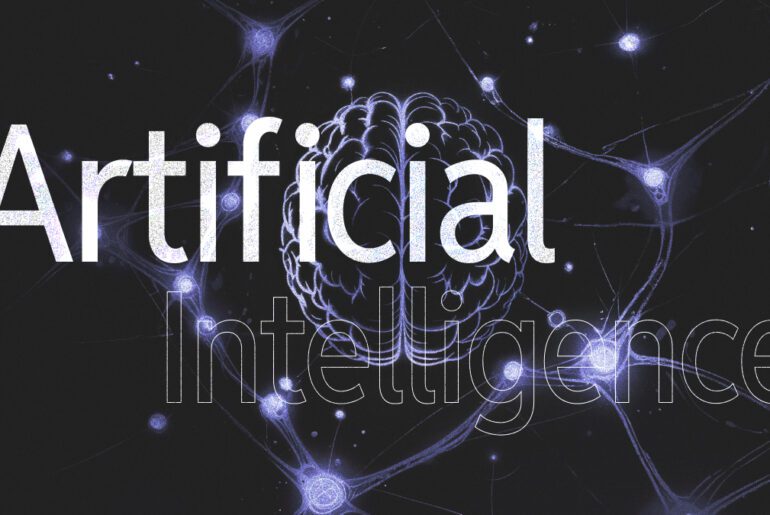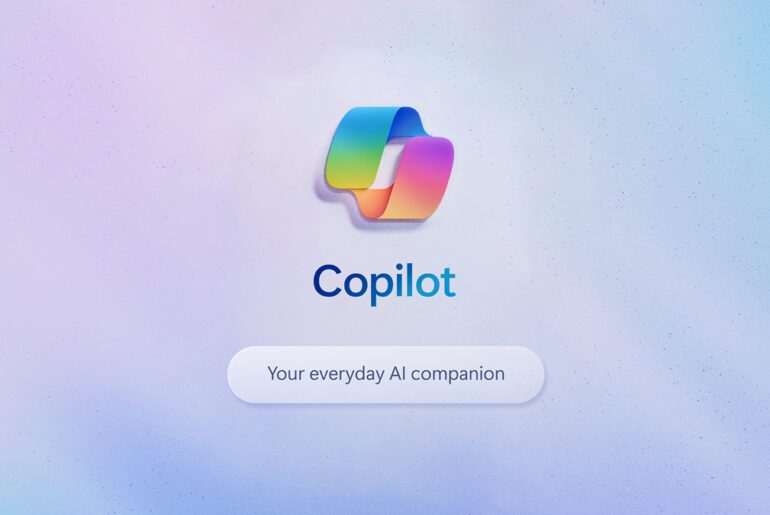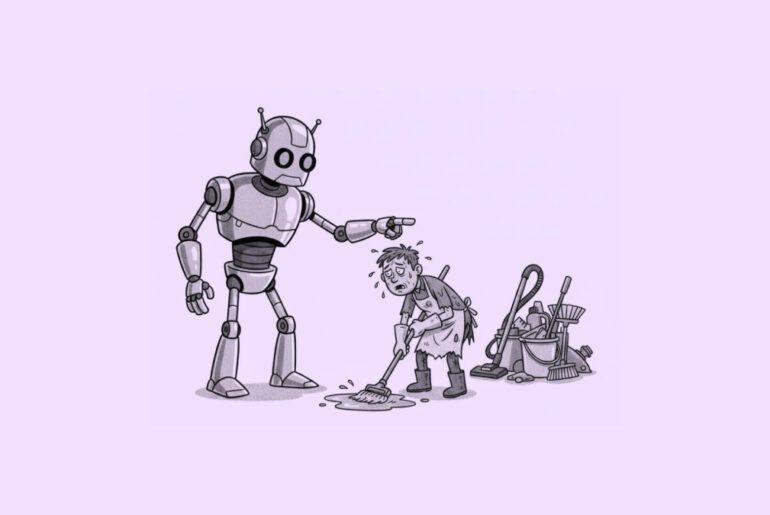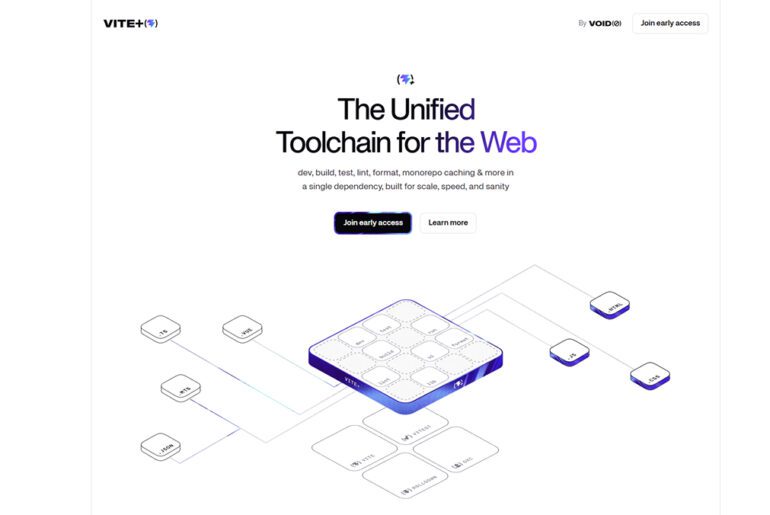AI coding agents, once niche experiments, are moving into the software mainstream. New data shows rapid uptake across engineering orgs: Jellyfish reports agentic AI usage among companies jumped from ~50% in December to 82% by May, while Google’s latest workforce study finds 90% of tech workers now use AI on the job, including for coding tasks. Investors are following the momentum: Vercel just raised $300 million to expand its AI agent platform, pushing the company’s valuation to $9.3 billion. Together, these signals point to an inflection point in how software is built — and who (or what) builds it.
Unlike earlier autocomplete tools, coding agents plan and execute tasks: they can analyze repos, write or refactor code, run tests, and open pull requests with minimal supervision. GitHub’s “Agent Mode” exemplifies the shift from suggestion to action, automating multi-step workflows directly from the IDE. Analysts and reporters covering recent launches describe these agents as semiautonomous teammates rather than passive pair-programmers.
The timing reflects converging trends: stronger reasoning LLMs, better tool integration, and maturing orchestration frameworks. Enterprises and startups are piloting agents to reduce cycle time and developer context-switching, with multi-agent patterns emerging where specialized agents coordinate across a pipeline (scaffolding, tests, docs, CI). InfoWorld characterizes this as the “next evolution of AI coding,” emphasizing time savings and quality gains when agents collaborate.
Adoption is climbing in both breadth and depth. Jellyfish’s dataset shows agentic AI in use at 82% of companies by May 2025, up from ~51% at the start of the year; AI-assisted code reviews in particular accelerated over the spring. Capgemini’s executive survey echoes the trajectory: only 10% say they’re using AI agents today, but 82% plan to integrate them in the next one to three years — a signal of near-term mainstreaming rather than a distant horizon.
Evidence from the field
Acceptance rates for agentic contributions are surprisingly strong. A recent empirical study of 567 pull requests generated by Claude Code across 157 open-source projects found that 83.8% were eventually merged, with over half merged without modification (the rest needing human touch-ups for bugs, docs, or project conventions). The authors conclude that agent-assisted PRs are largely acceptable but still benefit from human oversight.
Data from the independent tracking project PR Arena highlights just how active AI coding agents have become in real-world development. As of October 2025, OpenAI’s Codex had generated 1.74 million pull requests with 1.53 million merged (an 87.6% success rate), while GitHub’s Copilot Agent showed a 92.8% merge rate on 168,000 ready PRs. Other entrants like Cursor (93.9% success), Devin (63.6%), and Codegen (61.1%) are also logging tens of thousands of contributions.
Platform makers are racing to productize this shift. GitHub’s Agent Mode, highlighted at Microsoft events and in trade coverage, automates end-to-end tasks such as debugging, writing tests, and crafting PRs — a notable leap from early Copilot’s inline suggestions.
The counterpoints: quality, security, cost — and trust
Despite momentum, risks remain. Security researchers have demonstrated that coding agents — especially in multi-agent setups — can be coerced into arbitrary command execution or data exfiltration via adversarial inputs, a class of “control-flow hijacking” that can compromise systems without explicit user approval. These findings argue for strong sandboxing, permissions, and defense-in-depth around agent actions.
Quality and governance are also unresolved. Even in studies showing high merge rates, maintainers frequently revise agent output for correctness and conventions, pointing to the need for human-in-the-loop review and comprehensive testing.
Costs can bite as teams move from toy tasks to always-on agents. Analyses of agent programs highlight twin cost drivers — base licensing plus usage-based compute — and note that total spend rises with autonomy, tool integrations, and data preparation. That economic reality may determine whether agents are applied narrowly (e.g., code review) or scaled to broader SDLC orchestration.
There’s a strategic risk, too: commoditization. As open-source frameworks and baseline orchestration improve, it may become harder for vendors to differentiate on “agent” alone — shifting competition toward model quality, data, and integrations. Industry commentary argues that coding agents are already trending toward commodity status.
The bigger picture: toward orchestration
Many observers frame this as a move from keystroke-level assistance to process-level autonomy. In multi-agent setups, one agent drafts code, another generates tests, another runs static analysis, and a fourth readies the PR — with a human acting as editor-in-chief and gatekeeper. InfoWorld predicts these orchestrated workflows will define the next phase of developer productivity as pipelines become agent-aware.
There’s also a scale story: Microsoft has publicly talked about an “agentic web” and billions of agents across domains within a few years, with Build announcements focusing on agent orchestration and tuning across Copilot and GitHub. Whether the “1.3 billion agents by 2028” projection proves precise or not, the direction — lots of agents coordinating tasks across software and business processes — is clear in Microsoft’s messaging.
What to watch next
Platform dominance. Will incumbents (GitHub/Microsoft) consolidate the stack, or will open-source and cloud-agnostic platforms win on flexibility and cost?
Security standards. Expect movement on policy, minimum-security baselines for tool execution, and clearer guidance on agent permissions and sandboxing, given recent exploit research.
Developer roles. As agents take on routine tasks, engineers increasingly become orchestrators and reviewers — roles that reward system design, test engineering, and governance (not just coding speed). Early usage data hints at time savings in reviews and faster cycle times when agents are in the loop.
Metrics that matter. Watch for hard numbers on PR acceptance, defect rates, MTTR, and ROI — the evidence that will decide if agents are truly transformative or simply a productivity layer with new risks attached.
The present wave builds on a decade of generative-AI coding tools — from Codex and early Copilot to today’s task-chaining agents. The core change is locus of control: from suggestion at the cursor to autonomous action against repositories and CI/CD, gated by human review. Even bullish studies stress that the winning teams pair automation with oversight — not to slow agents down, but to make their speed safe.










